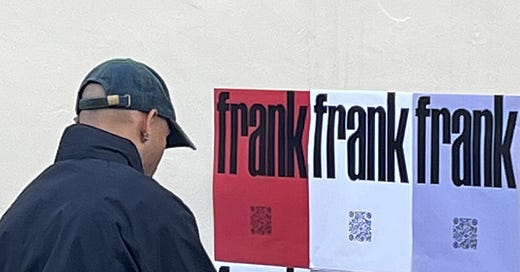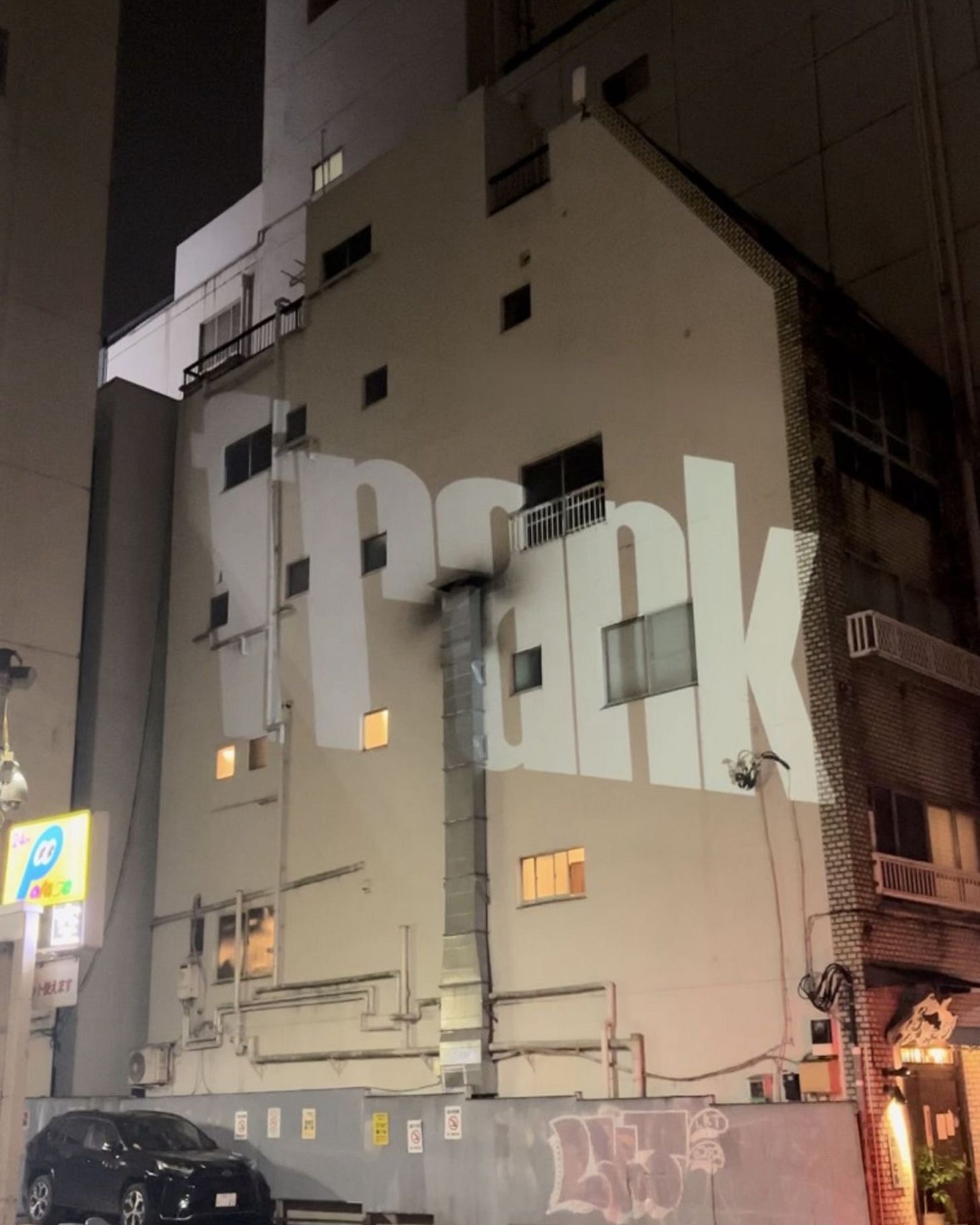I identify as a consumer before anything else. Everything about my identity and how I choose to present it is informed by the ideas I consume through various forms. Consumption is fun, sexy, interesting. It’s not something anyone should shun because we all do it, but how well you do it shows in how you put together what you consciously consume to produce you.
Now, the title may seem harsh, so let me clarify: my use of the word parasite is both literal and derogatory. The first definition is biological: “an organism that lives in or on an organism of another species (its host) and benefits by deriving nutrients at the other's expense.” The second is social: “a person who habitually relies on or exploits others and gives nothing in return” (Oxford Languages). Both definitions apply, literally and figuratively, to secondary media outlets. These platforms, often self-titled “content curators,” are a microcosm of everything wrong with youth culture today.
Before I criticise, it’s important to recognise why they’re so popular. Archiving media and culture is essential. Nostalgia matters. Platforming subcultures is necessary. Creating top-funnel entry points for people interested in the arts is valuable. These platforms, to some degree, do all of that. It’s an easy way for young people to see and feel seen. Following these pages provides a way in, a proximity to a lifestyle and culture once reserved for the few, now accessible to many, even if only parasocially. It gives the illusion of cultural fluency.
And to be fair, not all secondary media outlets are vapid. Some are genuinely great for discovery and clearly driven by the passion of deeply cultured individuals. They’re also almost unavoidable if you’re chronically online. Many of us have discovered breaking news or archival gems through them.
But the problem lies with a specific genre of these curators, those whose entire role in culture is, by definition, parasitic. They regurgitate information, work, and art made by others, stripping images from their contexts to plaster onto moodboards. They reduce historical and socio-political subtexts into aesthetics, offering no real conversation, critique, or framing.
There is no cultural (re)production: it is not an alternate archive of history, nor a remix or bootleg. It is simply a regurgitation of what already exists,calibrated to surface the parts of cultural history that are most likely to generate clicks and shares.
The worst part is how effective they are. Every like, comment, and share becomes data for brand decks. Suddenly, they are “the voice of a generation” or “tapped into the zeitgeist.” Their business model is built on selling cultural relevance back to us. They take money from clothing brands and music labels to tell us who’s hot, what shoe defines the summer, or what sound is about to blow.
By liking a photo of 2000s Pharrell or a blurry snapshot of a Japanese nightclub, you become part of a data package used to secure brand partnerships without your consent or awareness.
They all tend to follow the same trajectory. Eventually, they evolve into an “agency,” release a lazy clothing line of 500 gsm T-shirts, or start masquerading as news outlets with none of the sourcing or credibility. That last pivot is particularly dangerous. In an era where critical thinking is in short supply, misinformation spreads easily and these accounts are often the culprits.
Let me illustrate with a story. My friend Ted Childish is a joker. Ashton Kutcher Punk’d level joker. A few months ago, he told us he was planning something with the creative studio PUSH in Japan. He didn’t give much away, but knowing Ted, we expected something. Weeks later, he began posting cryptic images featuring a QR code that led to an Instagram account called @franciswupperman (iykyk).
The images spread fast, speculation ignited. The internet collectively decided Frank Ocean had a new project incoming, all driven by secondary media platforms - and not just niche ones. Dazed, Culted, Outlander, Wonderland, Hypebeast, Clash, Pop Crave. Millions were fed fiction,
all sourced from a few Instagram stories.
This should have been a deeply embarrassing moment for these platforms. They reported a hoax with zero verification (granted, some hedged their language stating it as a rumour, but the fact that they published it at all, without verification shows in this game engagement is the currency). Yet there was no outrage. No public apology. No editorial self-reflection. And why would there be? The engagement spiked and that is what matters. Analytics looked good for Q2, yet another shiny slide to add to the pitch deck.
So we are left with a hollow cycle. These platforms take from culture without giving back. They profit from screenshots and speculation, often without attribution and rarely with context. They do not document. They extract. They do not question. They aestheticise.
The most insidious thing about these platforms is that they make it feel like you are in on something, when really, you are just being sold to in new, shinier ways. What we mistake for discovery is often just data mining, collapsing the boundary between community and commodity. And if culture is to remain a space of meaning rather than a scrollable collage of moodboard fragments, we have to ask who is doing the curating, who is doing the creating, and who is walking away with the cheque.




